Villa d'Este (Tivoli)
( Villa d'Este )The Villa d'Este is a 16th-century villa in Tivoli, near Rome, famous for its terraced hillside Italian Renaissance garden and especially for its profusion of fountains. It is now an Italian state museum, and is listed as a UNESCO World Heritage Site.
 Cardinal Ippolito d'Este, creator of the Villa d'Este and its gardens
Cardinal Ippolito d'Este, creator of the Villa d'Este and its gardensThe Villa was commissioned by Cardinal Ippolito II d'Este (1509–1572), second son of Alfonso I d'Este, the Duke of Ferrara and grandson of Pope Alexander VI through his mother Lucrezia Borgia. The Este family had been lords of Ferrara since 1393, and were famous as patrons of the arts and of the humanist scholars of the Renaissance. As a second son, Ippolito was destined for a career in the church; he was named archbishop of Milan when he was only ten years old. At the age of 27, he was sent to the French court, where he became an advisor to the French King, Francis I, and in 1540 became a member of the King's Private Council. At the age of thirty, at the request of the King, Pope Paul III made d'Este a cardinal. Thanks to his ecclesiastical and royal connections, he became one of the wealthiest cardinals of the time, with an annual income estimated at 120,000 scudi. He was a lavish patron of the arts, supporting among others the sculptor Benvenuto Cellini, the musician Pierluigi da Palestrina and the poet Torquato Tasso. While his income was enormous, he was always in debt. The new French King, Henry II, sent him as an envoy to Rome, where he played a major role in the social and political life of the city. He appeared destined to become Pope and used all of his money and influence toward that goal, but at the time of the Reformation and the Council of Trent, his extravagant style of life worked against him. His first candidacy for the papal position, in 1549, with the support of the French King, was blocked by the Habsburg Emperor. D'Este promptly withdrew his own candidacy, endorsed the Habsburg candidate, and was rewarded by the College of Cardinals on December 3, 1549, with the lifetime position of Governor of Tivoli. This new title suited d'Este, because he was already a passionate collector of antiquities, and it gave him jurisdiction over the site of Hadrian's villa and other sites just being excavated. He did not give up his ambition to become Pope. He was five times a candidate for Pope, but was never selected.[1]
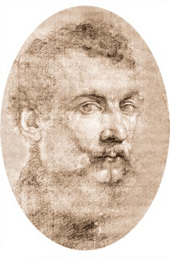 Pirro Ligorio, the artist and classical scholar who planned the themes and symbolism of the Villa and gardens
Pirro Ligorio, the artist and classical scholar who planned the themes and symbolism of the Villa and gardensTivoli had been a popular summer residence since ancient Roman times due to its altitude, cooler temperatures and its proximity to the Villa Hadriana, the summer residence of the Emperor Hadrian I. The position of Governor of Tivoli came with an official residence located in a former convent of the Benedictine order, which had been built in the 9th century on the site of an old Roman villa. In 1256 it had been donated to the Franciscan order. The residence was not large enough for the enormous household of a Cardinal as prominent as d'Este, but it did have an extensive view of the countryside below, including Hadrian's villa, and an abundant natural water supply for fountains and gardens. D'Este commissioned a prominent classical scholar, Pirro Ligorio, who had studied the Villa Hadriana and other Roman sites in the vicinity, to plan a new villa and garden which would exceed anything the Romans had built. He obtained an abundant supply of marble and statuary from the ruins of Hadrian's villa.[2]
 The Villa and gardens in 1560–1575
The Villa and gardens in 1560–1575The land was acquired and construction was planned to begin at the end of 1550, but the Cardinal was distracted by various diplomatic missions; he was posted to northern Italy to resolve a war in Parma, then sent by Henry II on a mission to Sienna. He did not return to Tivoli until the summer of 1555. In September 1555, however, he was accused of simony by Pope Paul IV and exiled. The Pope died in 1559, and the new pontiff, Pope Pius IV, rehabilitated d'Este and restored his title as governor of Tivoli. Construction began when he returned in July 1560. More land was needed and acquired through 1569. The vast construction site required the demolition of houses, public buildings and roads. In 1568 the local residents filed twelve different lawsuits against the Cardinal, but did not deter him from his project. Between 1563 and 1565, a huge amount of earth was excavated and used to construct new terraces; arcades, grottos, niches, and nymphaeums. The nearby river Aniene was diverted to furnish water for the complex system of pools, water jets, channels, fountains, cascades and water games. The steep slope of the garden, more than 45 metres (148 ft) from top to bottom, posed special challenges. Canals were dug and 200 metres (660 ft) of underground pipes were laid to carry the water from the artificial mountain under the oval fountain to the rest of the garden. Following the aesthetic principles of the Renaissance, the garden was carefully divided into regular units, or compartments, each 30 metres (98 ft) across, laid out along a longitudinal median axis, with five lateral axes.[3]
The plans for the villa itself were carried out under the direction of the Ferrarese architect-engineer Alberto Galvani, court architect of the Este. The chief painter of the ambitious internal decoration was Livio Agresti from Forlì. In 1565 and 1566, work began on the decoration of the interior of the villa. The decoration was carried out by a team of painters under Girolamo Muziano and Federico Zuccari. In 1566, the Cardinal made his fifth effort to be elected Pope, but once again he was defeated, and he was excluded by the new pontiff, Pope Pius V, from any more official appointments. He turned more and more of his attention to the decoration of his villa. New teams of painters and stucco workers labored on the task between 1567 and 1572, under the direction of Girolamo Muziano, Livio Agresti, Cesare Nebbia, Durante Alberti, Metteo Neroni, and Federico Zuccari.[4] The painters were joined by sculptors Giovan Battista della Porta. Pirrino del Galgliardo, Gillis van den Vliete, Giovanni Malanca, and Pierre de la Motte. They were joined by ceramists and mosaic artists, as well as fountain engineers, led by Pirro Ligorio, the original designer of the project, who returned to finish the work in 1567–68.
The frantic work on the project began to slow in 1569, probably due to the financial difficulties of the Cardinal, who had no more hope of being elected Pope and had lost his lucrative French positions. He spent more and more of his time in the villa, reading and meeting with the leading poets, artists and philosophers of the Renaissance. In the summer of 1572, he entertained one last important guest, Pope Gregory XIII. To prepare for the visit, the Cardinal redecorated the top floors of the villa and rushed completion of the dragon fountain. The reception for the Pope cost him more than five thousand scudi forcing him to pawn his silver and other precious objects. Soon after the reception, on December 2, 1572, the Cardinal died in Rome, and was buried in a simple tomb in the church adjoining the Villa.[5]
In later years Park of the Villa d'Este, Carl Blechen, 1830. The overgrown garden appealed to the Romantic imagination; today this same view is once again manicured.
Park of the Villa d'Este, Carl Blechen, 1830. The overgrown garden appealed to the Romantic imagination; today this same view is once again manicured.With the death of Ippolito in 1572, the villa and gardens passed to his nephew, Cardinal Luigi (1538–1586), who continued work on some of the unfinished fountains and gardens, but struggled with high maintenance costs. After his death in 1586, the villa was owned by the Cardinal Deacons of the Sacred College, who did little to maintain it. In 1599 it returned to the Este family with the nomination of Cardinal Alessandro d'Este (1538–1624). Alessandro had the energy and ambition of his ancestor and carried out a major renovation of the gardens and water systems, as well as building a new system of fountains in the lower garden. He also persuaded Pope Gregory XV to formally grant ownership of the villa to the Este family. His successors, the Dukes of Modena, made further additions to the gardens. Francesco I (1629–1641) restored many of the crumbling structures and began planting trees in the previously unshaded gardens. Cardinal Rinaldo I commissioned two new fountains by Gian Lorenzo Bernini in 1660–61. However, after 1695, the Este family was unable to support the high cost of maintaining the villa, which they rarely used and which produced no income. The villa went into a long decline. After 1751, the furnishings were sent to Modena, and the antique sculpture was gradually removed from the gardens and sold to collectors. In 1796, the House of Habsburg took possession of the villa, after Ercole III d'Este bequeathed it to his daughter Maria Beatrice, married to Grand Duke Ferdinand of Habsburg. It was largely neglected and was twice occupied by French soldiers, who took away much of the decoration that remained.
Between 1850 and 1896, the villa was owned by Cardinal Gustav von Hohenlohe, who restored the dilapidated villa and the ruined and overgrown gardens, which now appealed to the romantic sentiments of the period. The villa once again attracted artists, musicians and writers. The composer Franz Liszt made several visits between 1865 and 1885, and wrote three pieces of piano music, two musical "threnodies" with the title "Aux cyprès de la Villa d'Este" and the character piece "Les jeux d'eau à la Villa d'Este," that depict the grounds. They were placed in the "third year" of his Années de pèlerinage. The latter includes some of the most influential evocations of the play of water ever written for piano.
After the First World War, the villa was acquired by the Italian State, which began a major restoration in 1922. The villa was refurnished with paintings from the storerooms of the Galleria Nazionale, Rome. It suffered bomb damage in 1944 during World War II, and many of the walls were degraded in postwar years by environmental pollution, but campaigns of restoration and protection have preserved intact the famous features of the villa and gardens. Jean Garrigue's volume of poems A Water Walk by Villa d'Este (1959) was inspired by the gardens. Kenneth Anger filmed Eaux d'Artifice among the water features of the garden. The water organ, which had not functioned for many years, was restored and now plays again each day for visitors.[6]
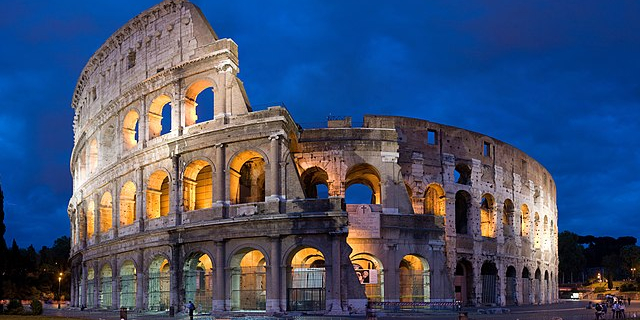

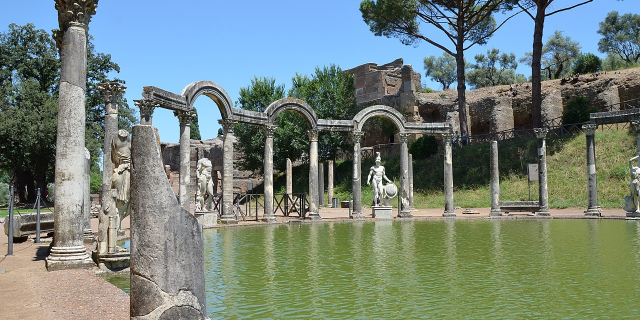

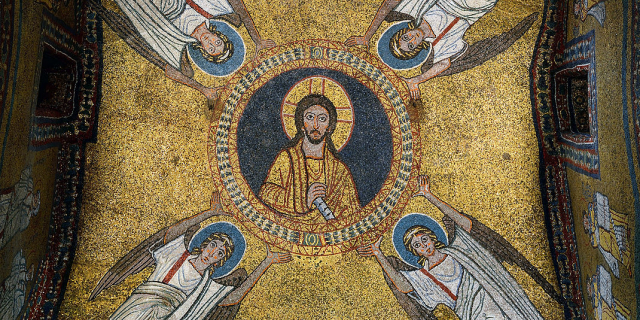

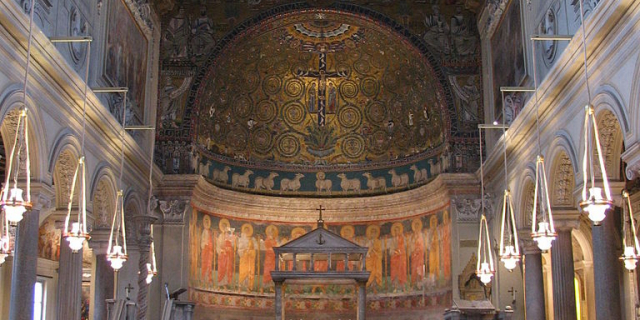



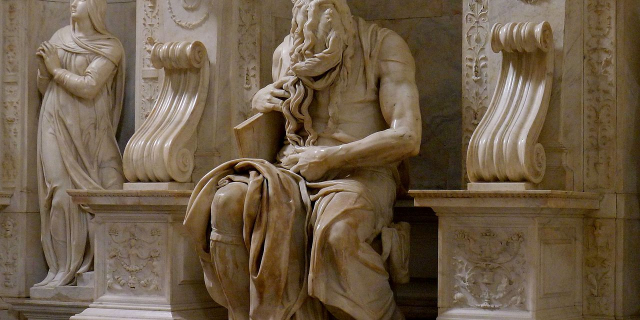



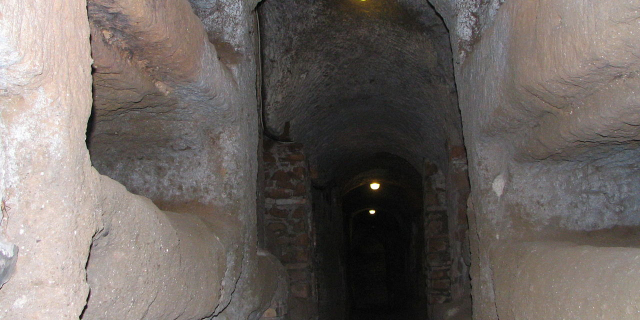
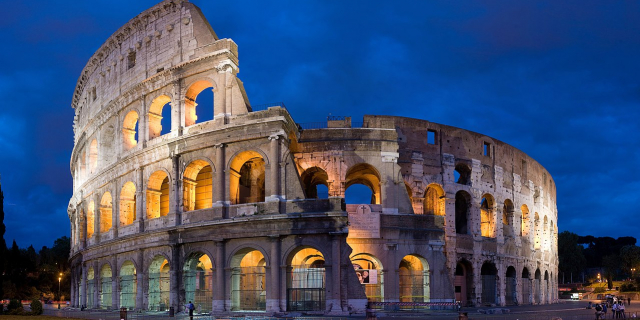

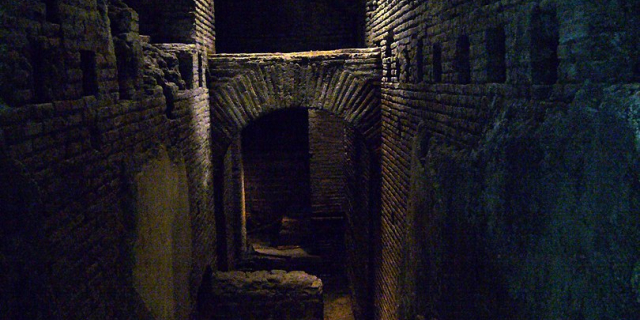
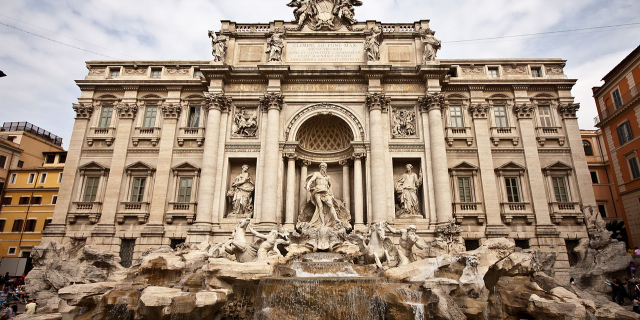


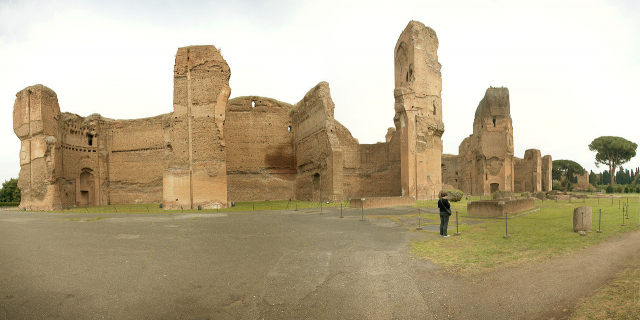

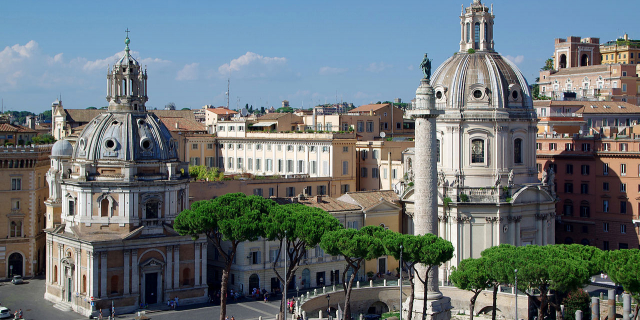
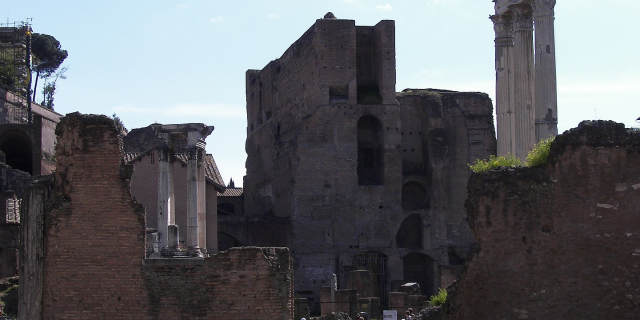
Add new comment